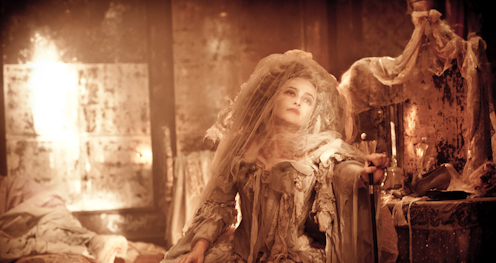class prejudices, the convict stain and a corpse-bride
- Written by Sascha Morrell, Lecturer in Literary Studies, Monash University

In our Guide to the classics series, experts explain key works of literature.
In Charles Dickens’ Great Expectations (1861), everything is connected. As plots and subplots converge and hidden relations are revealed, the novel elaborates a view of society in which no individual may be considered the master of his or her own fortunes – or “expectations” in the old-fashioned sense, meaning one’s future prospects.
Great Expectations blends literary styles and genres too. It fuses elements of the gothic with comic satire, realism, fairytale, crime fiction and melodrama. It can even be read as autobiographical, insofar as Dickens drew on aspects of his upbringing when depicting the deprived childhood of the young orphan Pip, the novel’s protagonist and narrator.





